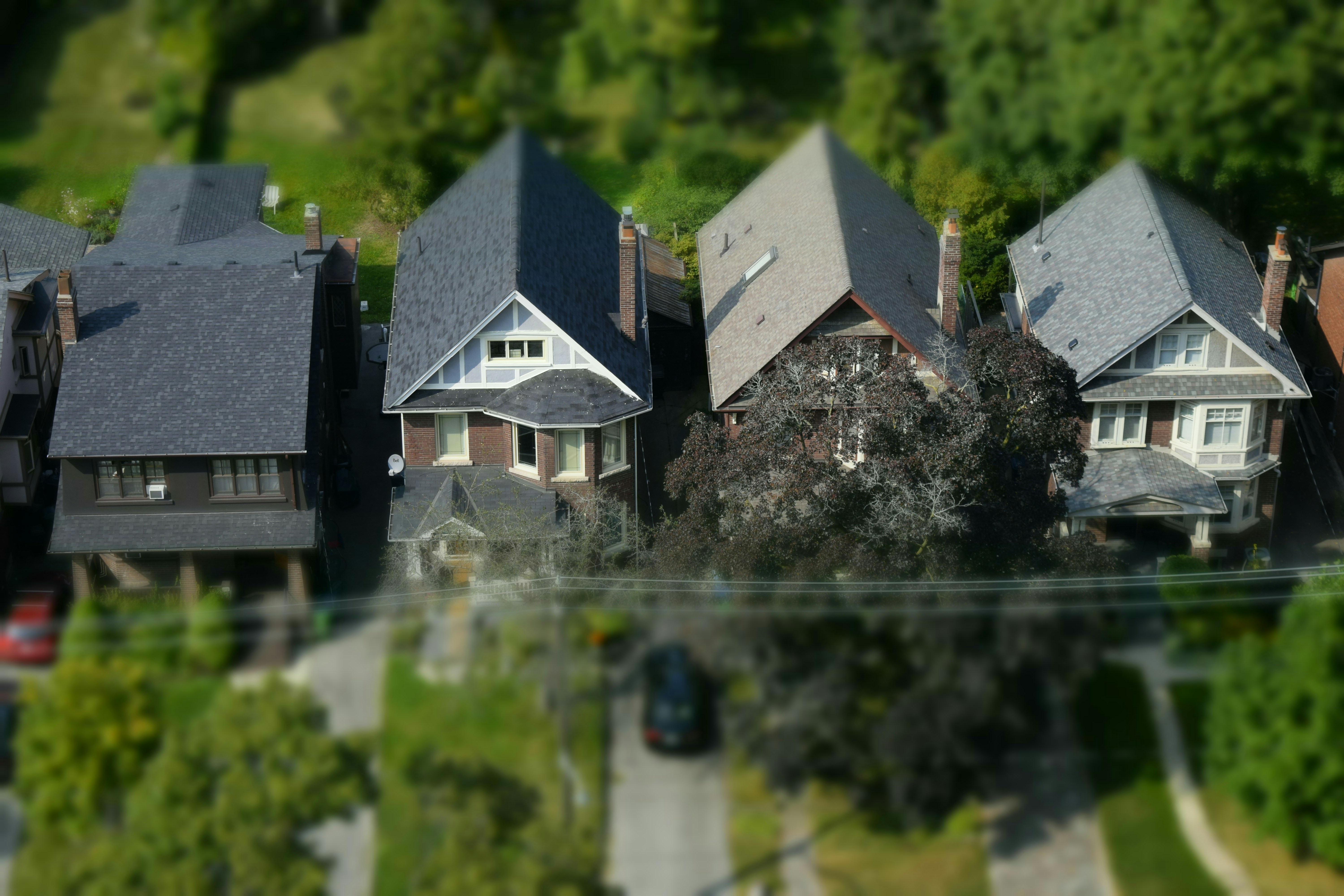


August 6, 2025
by
Landy Liu
Buying your first home is exciting, but figuring out how much to save for a down payment can feel like one big question mark. Do you really need 20% down? Is 10% enough? What about first-time buyer programs?
Let’s cut through the noise. This guide walks you through the real numbers, what they mean for your mortgage, and how to decide what’s right for you. No judgment, just clarity.
At Foyer, we simplify the path to homeownership for first-time buyers. With personalized guidance and a roadmap tailored to your financial goals, you're never alone in this journey.
A down payment is the amount of money you pay upfront when purchasing a home. It’s your initial ownership stake, and it determines the size of your mortgage and potentially how much interest you’ll pay over time.
Your down payment can also affect your buying power, especially in competitive markets.
You might think everyone saves 20% of their home price, but that’s a myth. According to the National Association of Realtors, the average down payment for first-time buyers is closer to 6-7%.
For example:
Many government-backed loans allow even less:
Your down payment directly impacts:
Let’s say two buyers purchase a $350,000 home:
That difference could mean hundreds of dollars per month.
There’s no one-size-fits-all answer. Instead, ask:
Then calculate backward.
Also factor in:
Nope. It’s a common belief, but it’s not required.
Programs like FHA, VA, and Foyer’s matched FHSA exist specifically to help buyers get in the door with lower down payments.
For many, yes. 10% is a solid amount:
It may not eliminate PMI, but it strikes a good balance between affordability and benefit.
Start where you are. Here’s how to make your savings work harder:
Foyer makes it easy to visualize your savings, understand what’s next, and earn rewards along the way.
Ready to dive deeper?
When you’re ready, Foyer is here to help you every step of the way, no pressure, just progress.
Want help creating a savings plan that’s right for you? Chat with a Foyer Homeownership Advisor today.